All about small heated towel rails
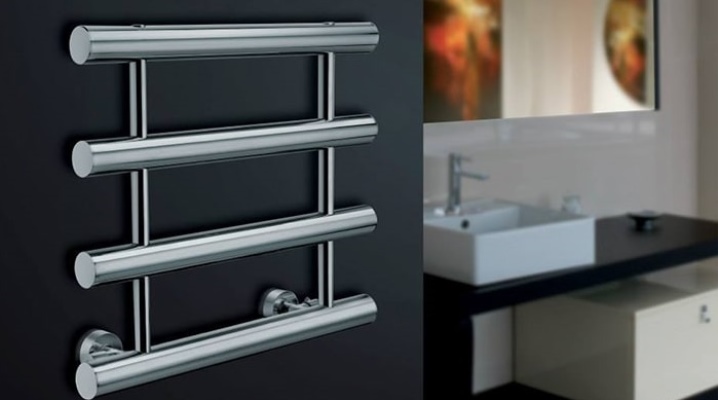
Most of the bathrooms in the apartment cannot boast of spaciousness, which is why the owners have to take responsibility for choosing a heated towel rail. A correctly sized model will not “steal” the space, it will harmoniously fit into the interior of a small room, help to reduce humidity and thereby prevent the appearance of mold and mildew.
Solutions with shelves, folding structures, options from brass, stainless steel from domestic and foreign manufacturers - there are hundreds of heated towel rails on the market. Due to the large assortment, it is difficult to make the right choice. Let's try to understand the variety of models and help you understand which coil is right for you.
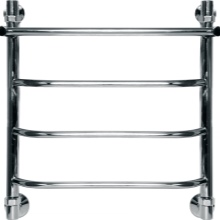
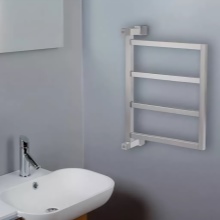
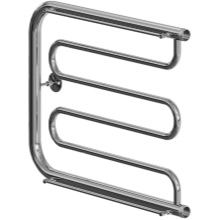
Peculiarities
A bathroom is a room in which you cannot do without an additional source of heat. These include a heated towel rail. With its help, you can maintain an optimal temperature regime, dry wet towels and other things. The small bathroom towel warmer is the perfect solution for small spaces where it is important to make good use of every free centimeter.
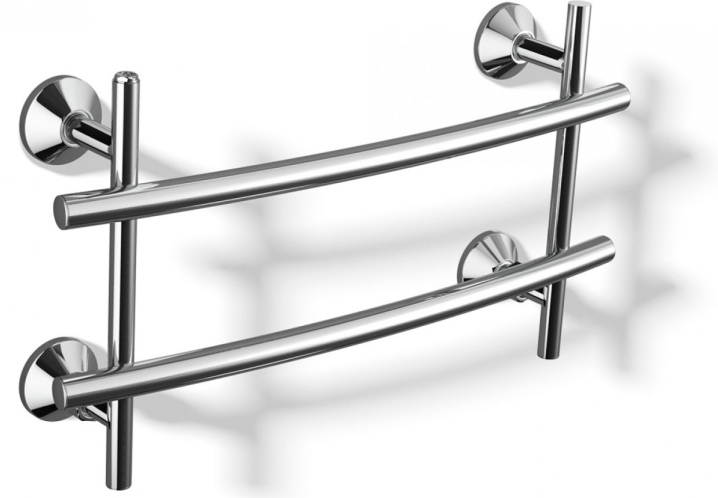
These are the main advantages of the compact models.
- Large assortment of domestic and foreign heated towel rails. There are products on sale with various indicators of design, functionality and other parameters. You can quickly find a solution that satisfies both technical characteristics and cost.
- External perfection. Most of the models are able to harmoniously fit into any interior, beautifully decorate an empty wall in the bathroom. On sale you can find design solutions, some companies make devices to order, taking into account each client's requirement.
- Ease of installation. Small coils, thanks to their low weight, are easy to install.
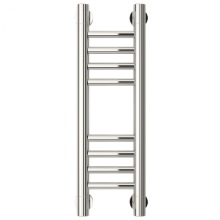
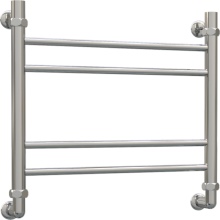
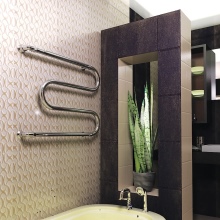
The disadvantages of compact heating devices include the impossibility of placing on them all the desired textiles for drying.
Types and models
There are many types of coils. They differ in the type of work, design, materials of manufacture. Let's consider each type in more detail.
By type of heating source
Devices are water, electric and combined. The first ones are designed for tapping into the hot water supply system. The advantages of such models include their low cost, reliability and durability. They are easy to independently connect to the heating system or hot water supply. When the hot water supply is turned off, such a coil becomes cold - this is its main drawback.
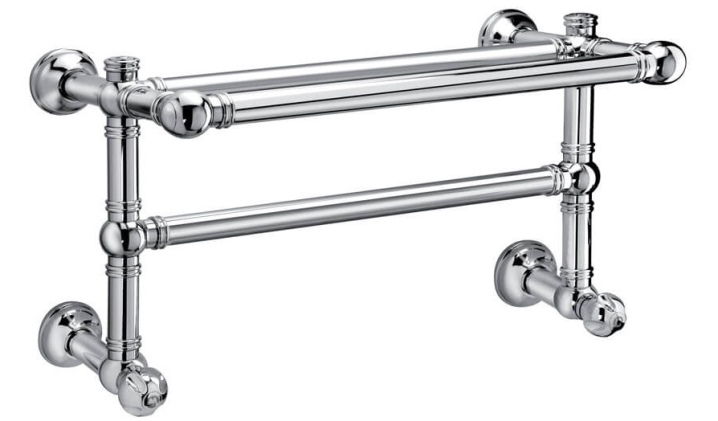
Electrical models depend on electrical energy. In order for the device to heat up, it must be connected to a 220 V outlet. Such devices are easy to install, they do not require connection to a hot water supply system, and are distinguished by their mobility. Many models support autonomous operation: due to timers and temperature controllers, you can set the optimal heating mode settings for yourself.
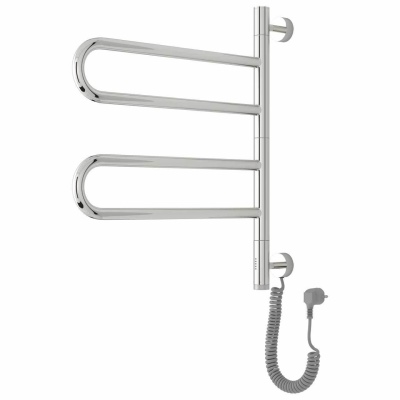
Combined coils are connected to the DHW system, but at the same time they can also be operated from the electrical network. Their main disadvantages include high cost compared to previous types of devices, limited collections.
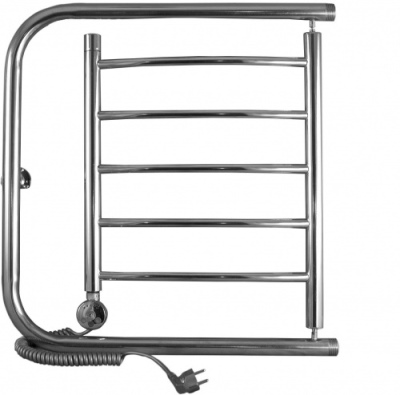
Due to these features, combined coils are not popular with consumers.
By design
Models are different in design.
- Folding. Such heated towel rails are equipped with a special transformation mechanism, thanks to which they do not take up much space when folded.
- Hinged. These devices are available in various sizes and shapes. They are U-shaped, M-shaped, in the form of a ladder, with angular or streamlined shapes. Often there are models with shelves on which you can place shoes, gloves, scarves and much more for drying. Rotary structures are interesting: they are equipped with a special mechanism that allows you to turn individual elements of the coil 180 degrees.
- Outdoor. They are designed to be placed on the floor. There are water and electric.
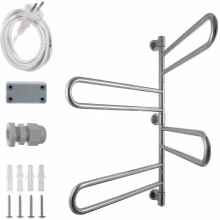
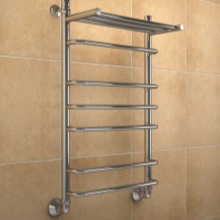
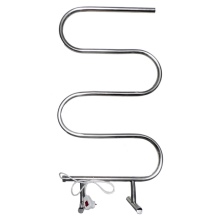
By material of manufacture
For the production of small heated towel rails, stainless or black steel, various non-ferrous metals are most often used. Stainless steel models are considered the most reliable and durable. Thanks to polishing, the outer layer of the products acquires a mirror-like shine. Stainless steel solutions are not subject to corrosion, they are affordable. Their disadvantages include problematic connection.
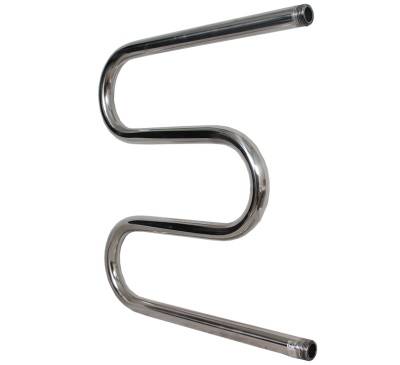
Products made of black steel are less durable due to rapid rusting (especially for coils that have not been treated with an anti-corrosion coating). Their disadvantages also include a nondescript appearance. Such models are often covered with paint, they are unlikely to become a spectacular piece of furniture. Among their advantages, budget is noted - such models will cost the buyer cheaper than others.
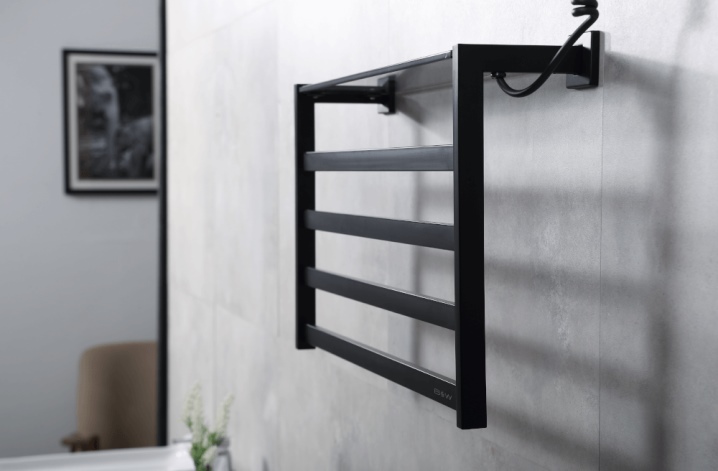
For the production of heated towel rails from non-ferrous metals, brass or bronze can be used. They are distinguished by good thermal conductivity, fast heating and corrosion resistance.
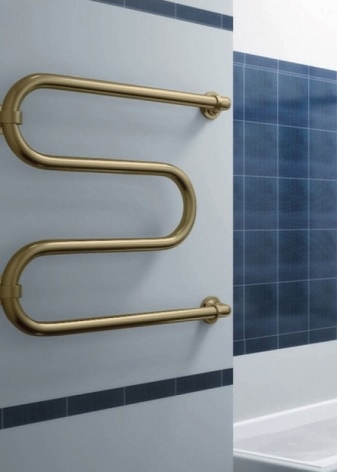
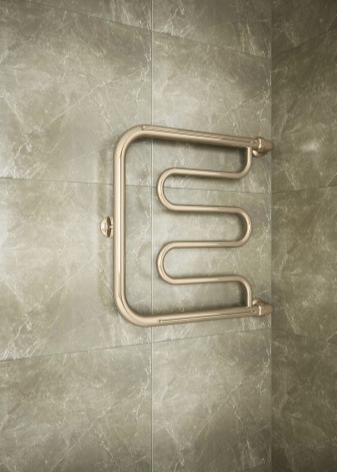
Another important plus is their low weight. Due to their low weight, the devices can be placed on "fragile" cladding.
The main disadvantage of copper and brass coils is their high cost.
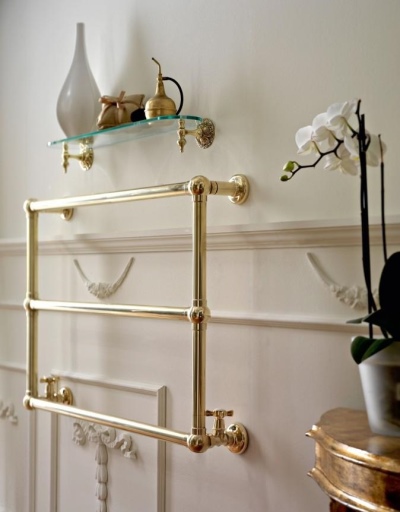
Criterias of choice
When buying a small heated towel rail, you need to pay attention to a number of important nuances.
- Type of equipment. Which model to choose (water, electric or combined) will depend on the place of installation of the heater and the desire to have a stationary or mobile device.
- Manufacturing material. The optimal heated towel rails in terms of the ratio of reliability, durability and cost are made of stainless steel.
- Connection method, riser diameters and center distances. With the wrong choice, you will have to provide adapters that increase the risk of leaks.
- Anti-corrosion coating. The coils will be used in high humidity conditions, so it is best to give preference to models with anti-corrosion treatment.
- Manufacturer. For products of promoted brands, you will have to pay more. You should choose devices that are affordable.
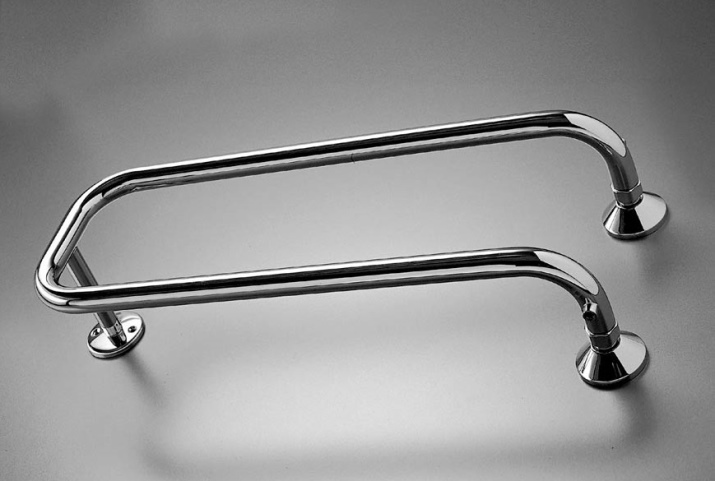
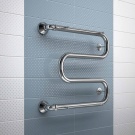
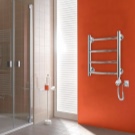
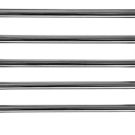

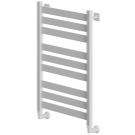
When buying a heater, ask the sellers for a quality certificate and technical documentation. The passport should indicate what pressure the heated towel rail is designed for and to which system you need to connect it (hot water supply or to the heating system).













The comment was sent successfully.